4 Ways Pulmonary Rehab Helps Lung Function
Pulmonary rehab for lung function is a medically-supervised program designed for those with chronic breathing issues. It involves exercise, education, and support to improve breathing, strength, and quality of life. Though pulmonary rehab doesn’t cure the condition, it can make daily activities easier by reducing breathing difficulties.
Those with almost any type of chronic lung disease could benefit from pulmonary rehabilitation. These include Chronic Obstructive Pulmonary Disease, pneumonia, asthma, cystic fibrosis, and lung cancer. The specialized program includes specific methods to help individuals dealing with these issues. Let’s take a look at the four ways rehab can work for you.
Pulmonary Rehab and Lung Function
Pulmonary rehabilitation is designed to help those with lung issues improve their physical and psychological conditions. It involves four main methods for this process, though it’s tailored to each individual to meet their specific needs. The following are the four aspects involved.
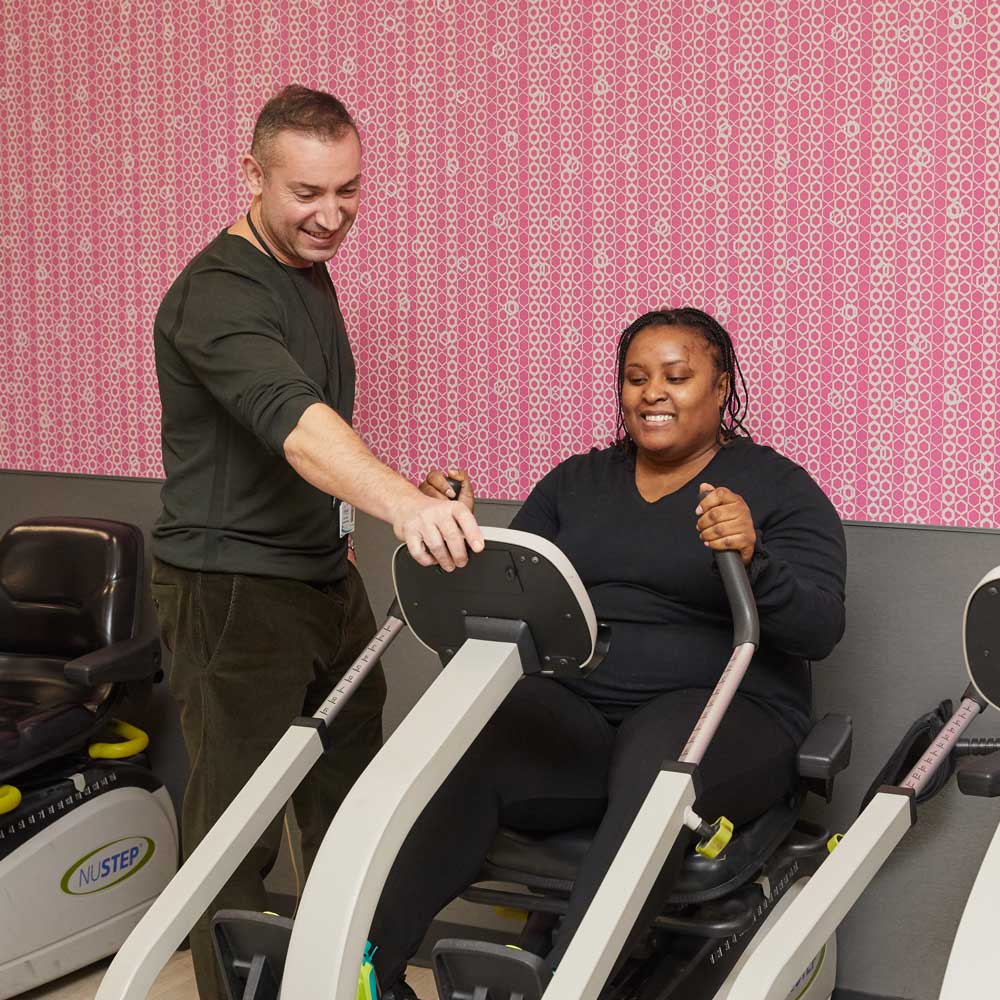
- Breathing exercises
An essential part of pulmonary rehab for lung function is breathing exercises. Lung conditions can make it difficult to breathe or cause shortness of breath. These issues are particularly noticeable during physical activity or times of stress. To improve breathing, there are a few techniques that rehab therapists may recommend. These include diaphragmatic breathing, pursed lips breathing, or yoga breathing. When done correctly, these exercises increase oxygen levels, maintain open airways, and reduce the frequency of breaths.
- Stress management
High stress levels are unhealthy for everyone, especially those with depression, anxiety, and other emotional problems. These issues can become more pronounced for those with chronic lung functions. Learning to manage stress is another part of pulmonary rehab. Therapists offer individual and group counseling to meet your needs in these areas.
- Exercise training
Before pulmonary rehab for lung functions can begin, the first step is assessing physical capabilities and limitations. Once the necessary tests are complete, a detailed training regimen will be chosen. The exercises involved will be designed to improve stamina, flexibility, and strength while reducing fatigue and breathlessness. Medication or oxygen therapy may also be recommended.
- Health education and nutrition
The fourth aspect of pulmonary rehab involves educating individuals about their lung issues and how to manage them. This includes discussions on how lungs work, recognizing and managing flare-ups, energy conservation, and medication. Smokers will be encouraged to quit and receive the resources to do so. Proper nutrition will also be covered to ensure individuals are getting the right nutrients and maintaining a healthy weight.
What are the risks of pulmonary rehabilitation?
Pulmonary rehabilitation is a medical program helping patients breathe better, but If you notice any issues during this supervised rehab therapy, it’s best to speak to your rehab team. Though pain is rare, therapists take things slow and monitor how you feel during each session. They may halt all breathing exercises and techniques until an assessment has occurred and the appropriate treatment has been recommended.
Do contact us for more information about pulmonary rehab and respiratory care. We, at Fairview Rehab and Nursing Home in Queens NY, offer rehab therapies for people with respiratory problems.
This article contains informational and educational materials and does not replace health or medical advice. For questions or concerns regarding your medical condition or health objectives, speak to a qualified physician or healthcare provider.
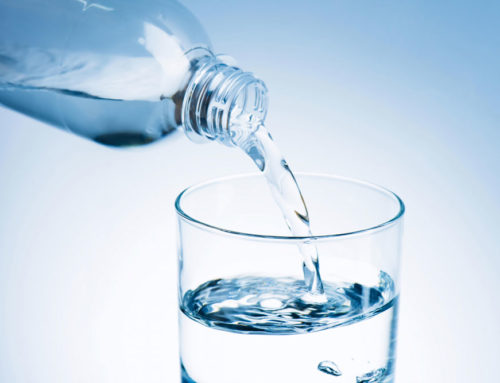
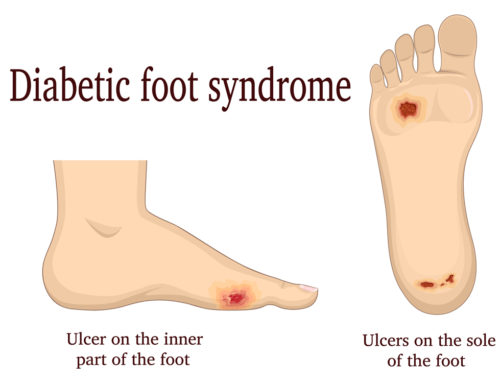

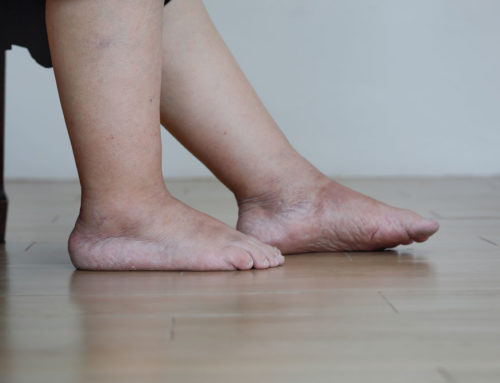
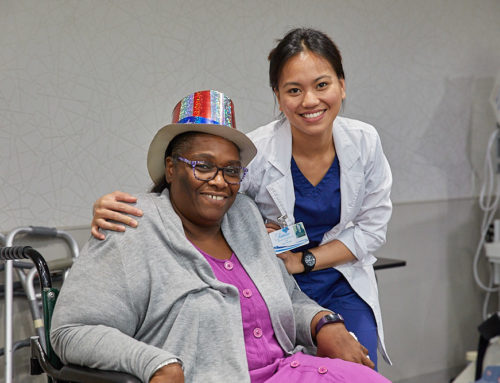
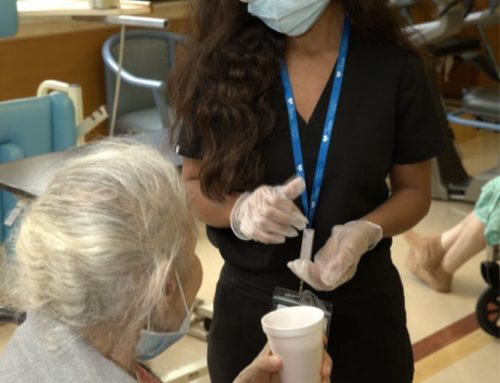
Leave A Comment